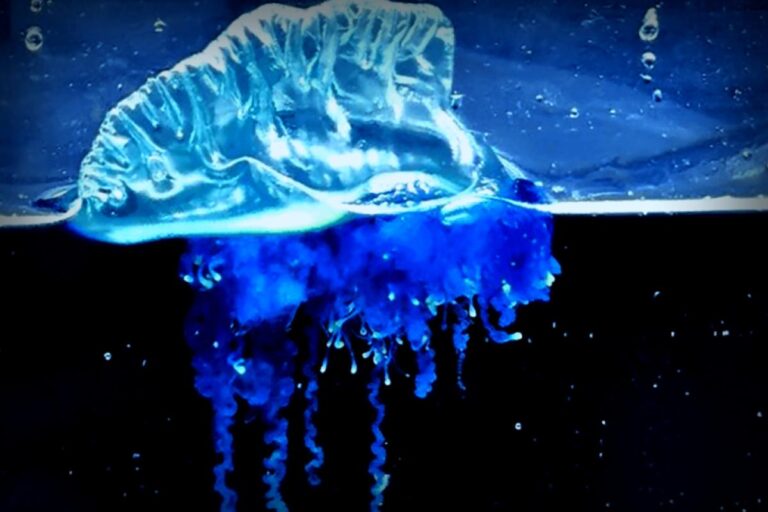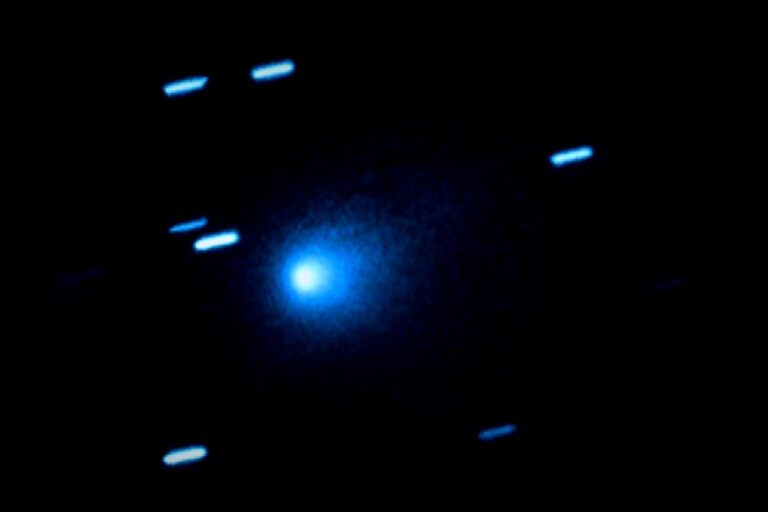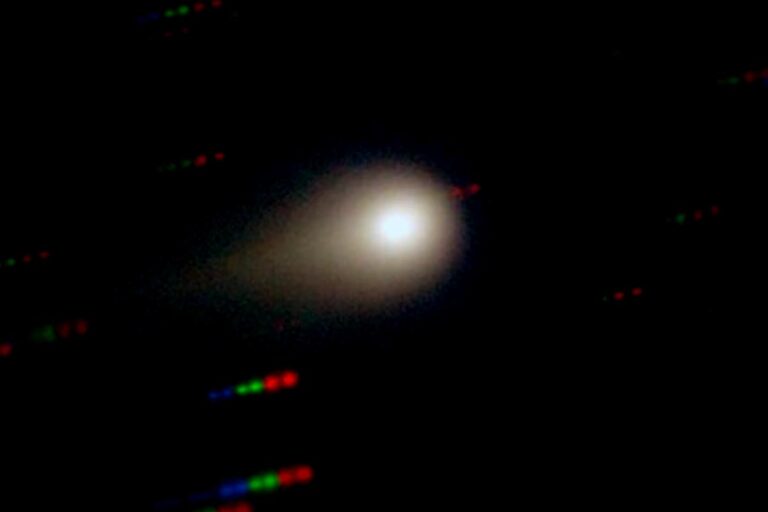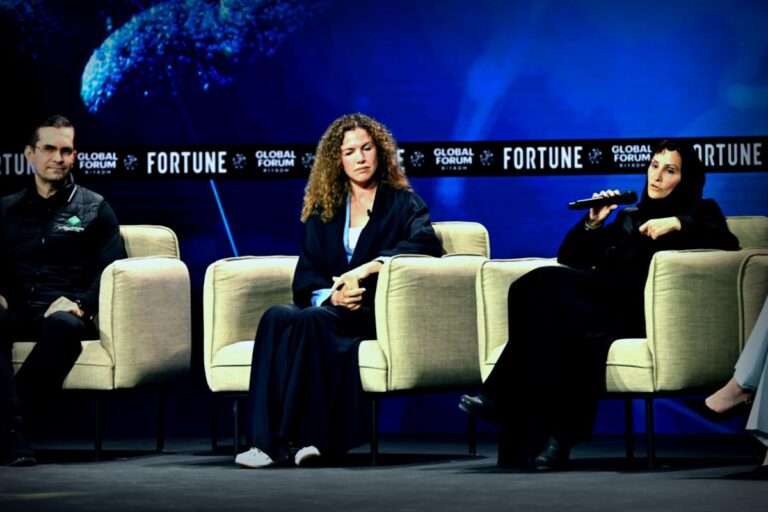Researchers from the College of Engineering at Oregon State University have just dropped some exciting news—they’ve created a next-gen technology that measures uranium enrichment and detects trace elements. This stuff is super important for ensuring nuclear safety and helping develop modern nuclear reactors.
Haori Yang, an associate professor specializing in nuclear science, revealed, “This tech is geared towards bolstering nuclear safeguards and pushing forward the development of nuclear energy.” He emphasized that this tech allows for quick readings on uranium enrichment right on-site, minimizing any sample preparation needed. Plus, it’s a huge asset for monitoring fuel in new types of nuclear reactors, like those using liquid metal cooling.
Naturally, uranium isn’t very rich in U-235, the kind that sustains nuclear reactions—it’s got less than 1% of it! The rest mostly includes U-238, which isn’t much good for making those reactions happen.
The process of uranium enrichment cranks up the percentage of U-235 based on its end use—whether for energy production, weaponry, or powering vessels like aircraft carriers and submarines. Technologies that can measure these enrichments are essential for agencies like the International Atomic Energy Agency, which closely monitors nuclear activities worldwide.
What’s particularly fascinating about this research is the collaboration between Oregon State University and the Pacific Northwest National Laboratory. They’ve harnessed three groundbreaking detection methods into a single system: laser-induced breakdown spectroscopy (LIBS), laser absorption spectroscopy, and laser-induced fluorescence spectroscopy. Each of these uses quirky light interactions to analyze materials.
When we talk about LIBS, they’re using a high-energy laser to create plasma—a super heated gas made up of ionized particles. By examining the light released from this plasma through a spectrograph, researchers can identify the composition of a sample.
Yang pointed out that LIBS is awesome for its speed and minimal prep work. However, it does need a direct line of sight for better results, which isn’t always practical.
Now, let’s discuss laser absorption spectroscopy: it involves guiding a laser through the previously formed plasma and measuring its absorption. This method provides sharper spectral resolution, making it ideal for precisely identifying isotopes. But, setting it up can be a bit complex due to alignment requirements.
Meanwhile, laser-induced fluorescence spectroscopy takes both absorption and emission into account. Atoms in the plasma get all agitated by the probing laser and emit light, which is captured for a detailed analysis—super handy for high-sensitivity measurements done from a distance.
Yang also shared that the new system supports a type of fiber-optic laser-induced breakdown spectroscopy. Unlike typical LIBS setups which require that clear sightline to the sample, this version utilizes optical fibers to conduct measurements safely, perfect for tough and dangerous environments where access is tricky.
The findings from this exciting project were published in the Journal of Analytical Atomic Spectrometry.
On top of the spectroscopy advancements, Yang is working on developing a muon tomography imaging system for tracking spent nuclear fuel. Muons, hefty cousins of electrons, can penetrate thick materials like concrete which allows for inspecting areas that are otherwise inaccessible.
Yang is also exploring a photon-induced fission technique to locate concealed nuclear materials and delving into affordable, high-efficiency radiation detectors via nanostructures and spintronics—smart tech using electron spins to gather and manage information.
As Yang put it succinctly, “The innovations we’re diving into might change the game not just in nuclear detection, but also in medical imaging, high-energy physics, and non-invasive testing.”
For a more detailed read: Yichen Zhao and contributors explore uranium enrichment techniques in their article in the Journal of Analytical Atomic Spectrometry (2025). For the original publication, check out this link.
Provided by Oregon State University.
This story originally appeared on Phys.org.



















